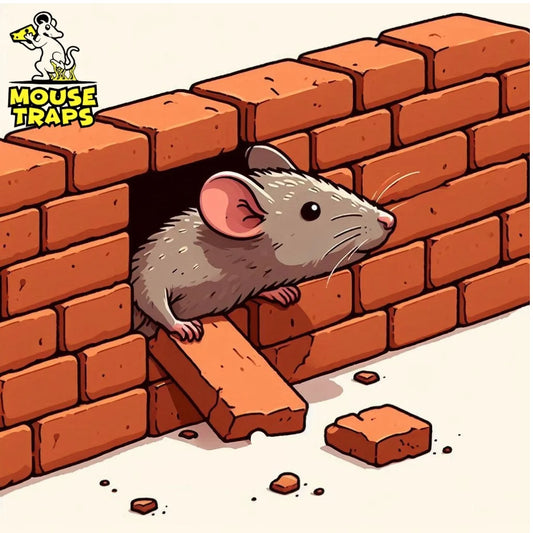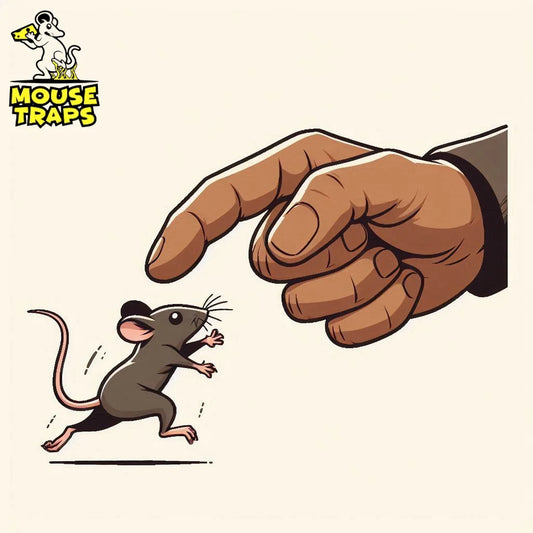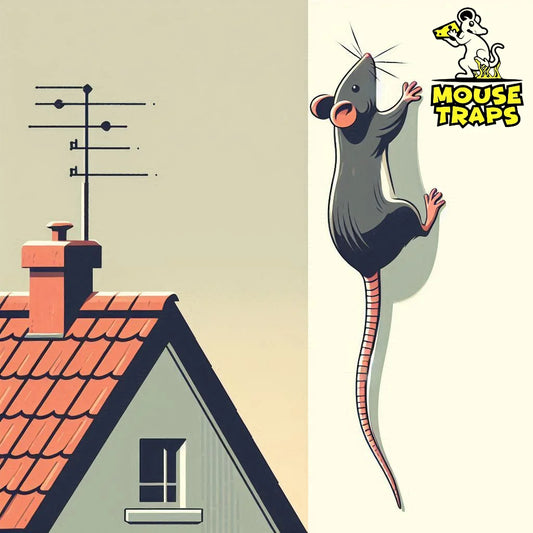Introduction:
Discovering a rat infestation in your attic or loft space can be unsettling, but with the right approach, you can effectively tackle the problem and restore peace of mind to your home. This comprehensive guide outlines the steps you need to take to identify, address, and prevent rat infestations, ensuring a clean and rodent-free living environment.
Identify the extent of the infestation:
- Start by conducting a thorough inspection of your attic or loft space. Look for signs such as droppings, which are typically dark brown and cylindrical, about 1/4 to 1/2 inch long.
- Make sure to inspect for bitten wires, insulation or wooden surfaces and watch out for signs of gnawing. These could suggest that rats have been active, in the area.
-
Search for nests constructed from torn materials like paper, cloth or insulation typically located in spots.
-
Pay attention to entry points like openings around pipes, vents or gaps, in the roof where rats might be getting inside your house.

Seal entry points:
- Use materials like steel wool, wire mesh, or expanding foam to seal any openings or gaps that rats could use to enter your attic.
- Make sure to keep an eye, on where the utility lines come into your house and also check for any openings, around windows, doors and vents.
- Trim back tree branches and bushes that may provide rats with access to your roof.

Remove food sources:
- Eliminate any potential food sources in your attic, such as pet food, birdseed, or stored pantry items.
- Store food in airtight containers made of metal or heavy-duty plastic to prevent rats from accessing it.
- Keep your attic clean and free of clutter to reduce hiding spots and make it less attractive to rodents.

Set traps:
- Place rat traps along walls and in areas where you've observed rat activity. Glue pad traps and live traps are both effective options.
- Bait traps with high-protein foods like peanut butter, nuts, or dried fruit. Secure the bait to the trap to prevent rats from stealing it without triggering the trap.
- Position traps perpendicular to walls or in areas where rats are likely to travel, such as along runways or near entry points.
Live Mouse Traps:
- Live mouse traps are humane devices designed to capture mice alive without harming them.
- These traps typically consist of a small box or cage with a one-way entry door and a mechanism that triggers when the mouse enters.
- Once captured, the mouse remains unharmed inside the trap until it can be released outdoors.

Benefits:
- Humane: Live mouse traps provide a humane way to deal with mouse infestations, allowing you to capture and release the mice without causing them harm.
- Reusability: Many live traps are reusable, allowing you to capture multiple mice with the same trap.
- Safe for pets and children: Live traps pose minimal risk to pets and children, as they do not contain any harmful chemicals or mechanisms.
Sticky Glue Traps:
- Sticky glue traps consist of a flat board or pad coated with a strong adhesive that traps mice when they walk over it.
- Once caught on the sticky surface, mice are unable to escape and eventually succumb to exhaustion or dehydration.
- Sticky glue traps are typically disposable and should be discarded after use.

Benefits:
- Easy to use: Sticky glue traps are simple to set up and require no bait or additional equipment.
- Cost-effective: These traps are often more affordable than other trapping methods and can be purchased in bulk for larger infestations.
- Non-toxic: Sticky glue traps are non-toxic and do not pose a risk to pets or children if used correctly.
Consider using rodenticides:
- If traps alone aren't sufficient to control the rat population, you may need to use rodenticides as a supplementary measure.
- Choose rodenticides labeled for indoor use and follow the manufacturer's instructions carefully.
- Place bait stations in areas inaccessible to children, pets, and non-target wildlife, and monitor them regularly to ensure they are being used safely and effectively.

Maintain cleanliness:
- Regularly remove debris, clutter, and unused items from your attic to eliminate potential hiding spots for rats.
- Clean up spills and food crumbs promptly to avoid attracting rodents.
- Consider installing rodent-proof storage containers for items stored in your attic to prevent rats from nesting in them.

Monitor and repeat:
- Keep an eye on your attic for signs of remaining rat activity, such as new droppings or chew marks.
- Reset traps and replace bait as needed to continue controlling the rat population.
- Be patient and persistent, as it may take time to completely eliminate the infestation.

Seek professional help:
- If your efforts to control the rat infestation on your own are unsuccessful, or if you're dealing with a particularly large or stubborn infestation, don't hesitate to contact a professional pest control service.
- Pest control experts have the knowledge, experience, and specialized equipment needed to effectively eliminate rats from your attic and prevent future infestations.





